Crow-Feather
32 Cal.
I have a 13/16 barrel and a stock that's already got a 7/8 barrel channel.
I was hoping that gap wouldn't be noticable. It is. So, has anyone ever bedded a full length barrel with accraglass?
Put clay into everything you do not want to be filled with the bedding material. To get a bit of clearance, place electrical tape on the sides of the barrel where it will be bedded. I place the release agent on the whole barrel as sometimes bedding material gets where it doesn't belong. I then wrap the barrel with plastic wrap to ensure the barrel doesn't become a permanent part of the rifle. Some bedding material can be dyed to a brown color and be less noticeable. I use rubber tubbing wrapped around the whole barrel and pulled tight to hold the barrel to the stock. It provides even pressure. Even with all the precautions, the barrel will still not come out easily and you must be patient and use caution releasing the barrel. Also tape the stock with painters tape. (no glue residue and easy to remove) Tape even where you believe bedding compound won't go. It has a mind of it's own.




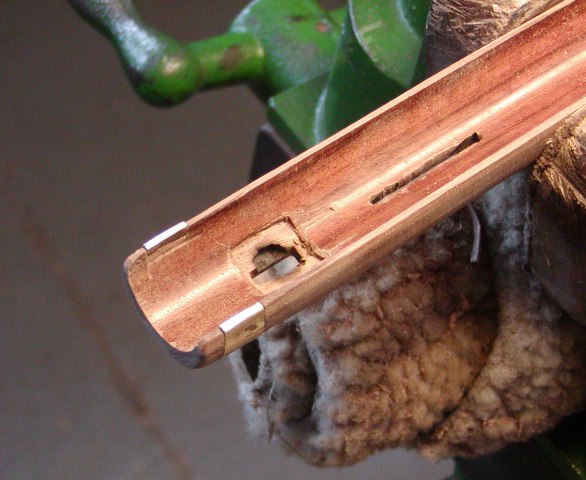
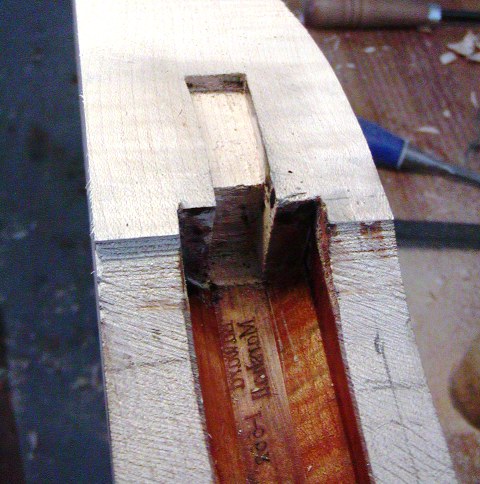
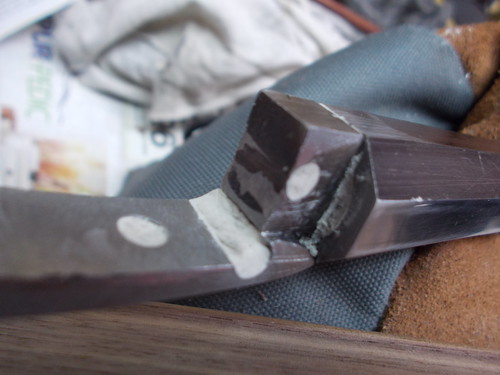
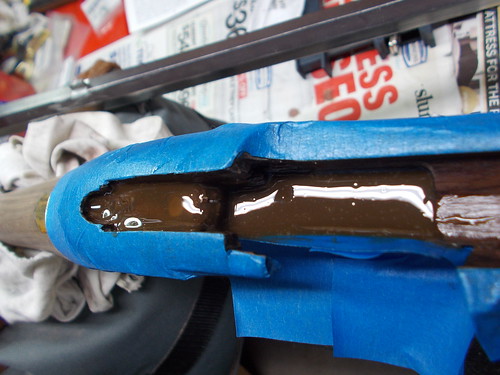
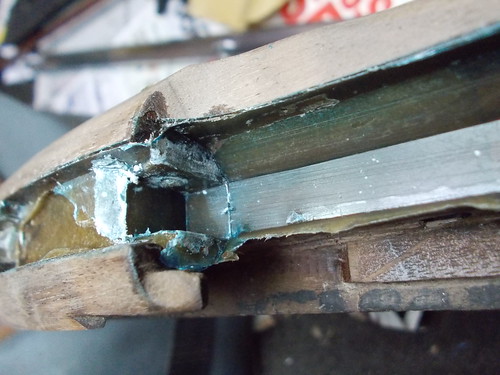

 oldwood
oldwood